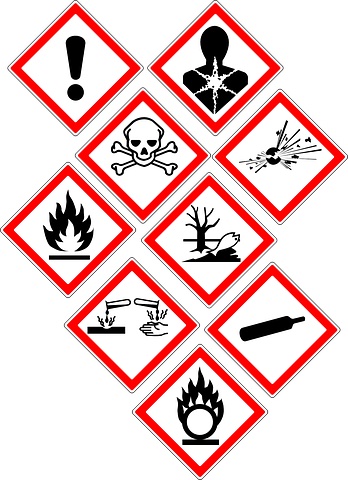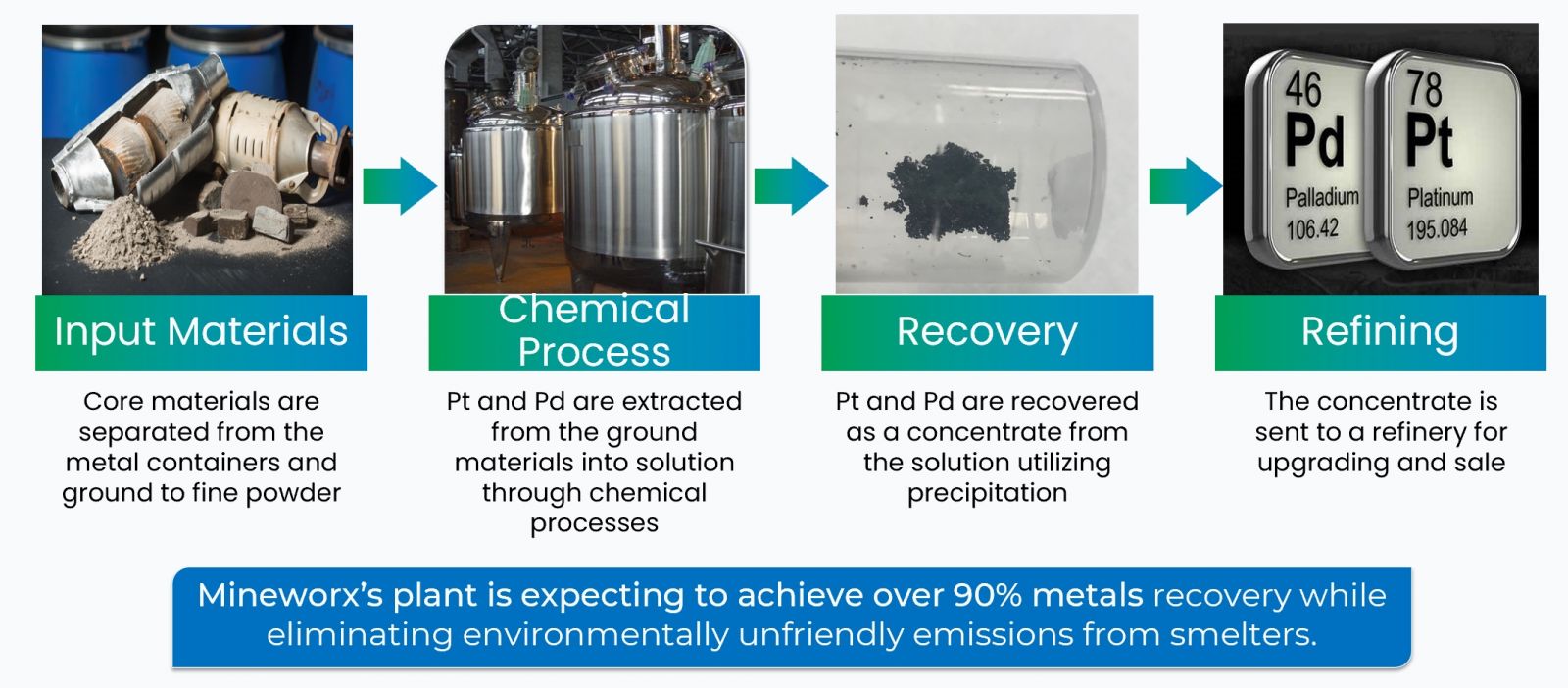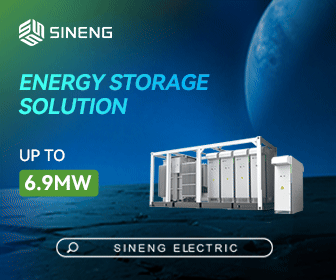A Cleaner Detox: Extracting precious metals from recycled catalytic converters
Platinum and Palladium are some of the rarest precious metals on earth, and have some of the highest utility; both can be found as jewellery and investment assets, as well as being used in electronics and dental work. However, approximately 80 percent of the world's palladium and 50 percent of its platinum are used in catalytic converters.
Catalytic converters turn harmful pollutants from vehicle exhaust (carbon dioxide and nitrogen oxide) into less harmful ones that are easier to live with (water vapor and carbon monoxide). Palladium and Platinum are two of the key catalysts for this detoxifying process.
 But There's a Problem
But There's a Problem
While platinum and palladium play a key role in ensuring the air we breathe is cleaner, of the 27 million catalytic converters available as scrap metal annually, only about 30 percent of the platinum and palladium are actually recycled - the rest go to landfills. This is in spite of the fact that both of these highly sought-after metals can be extracted from spent catalytic converters and reused for new ones or recycled for the other uses (as mentioned above).
Perversely, the only process for recovering these precious metals from catalytic converters - smelting - is harmful to the environment. Smelting releases into the air heavy metals like lead and mercury, along with chemical by-products like sulfur dioxide and various nitrogen oxides.
Known for causing lung cancer and lung scarring called pneumoconiosis from breathing in tiny metal dust particles, smelting isn't just hazardous to your health, but the process itself can be dangerous.
Trapped carbon from diesel catalytic converters can potentially ignite, causing an explosion and/or damage to the furnace itself. Many smelters are refusing to accept diesel catalytic converters, restricting the amount they will process or implementing penalties for processing them at all.
Meanwhile, demand for platinum and palladium in the auto sector rose 13 percent in 2021, to 13 million ounces - the second-highest total ever recorded - thanks in part to tightening air quality regulations in China that require 70 percent of vehicles to have catalytic converters.
Luckily, there's a more environmentally friendly way to extract palladium and platinum and take advantage of the catalytic converter market, which was estimated to be worth $42.4 billion in 2018, and projected to reach $73.1 billion by 2025.
Alternative to the Smelters
The technology exists to not only completely bypass the harmful emissions that come from smelting, but recover over 90 percent of the precious metals with little to no waste.
Here are the basic steps that make it happen:
- The round piece that is coated with platinum and palladium is extracted from the heart of the catalytic converter. This very valuable piece is known as "The Honeycomb."
- The balance of the catalytic converter is recycled as scrap metal, while the honeycomb coated in platinum and palladium is ground into a fine powder.
- This powder is put into a chemical solution that - through the creation of chemical bonds - will separate the platinum and palladium from the other ground materials that make up the powder.
- Using a process called precipitation, the platinum and palladium are recovered as a concentrate from the chemical solution. In chemistry, precipitation is the process of transforming a dissolved substance into an insoluble solid from a super saturated solution. This can be done through electrowinning, where electricity is used to break the chemical bond between the precious metals and the solution, creating a concentrate.
- The process is a closed system; any items that leave the system are environmentally inert.
- Finally, the concentrate is sold to a refinery where the platinum and palladium have any remaining impurities removed, after which they are likely to end up back in new catalytic converters.
In addition to rendering the entire smelting process unnecessary - and bypassing the harmful toxins smelting emits - this chemical process uses far less energy than smelting and traditional mining. Smelting typically takes place at temperatures between 1350 to 1600+ degrees Celsius, and uses between 600 and 1100 kwh of electricity per ton of concentrate extracted. Though the amount of energy this new technology uses is still being researched, it's safe to say it's far less than smelting and mining.
Potential Future
If this technology can be scaled to an industrial scope, it presents the opportunity to both replace smelting with an environmental alternative and allow for increased recycling of catalytic converters presently being sent to landfills. Today, a portion of catalytic converters end up in landfills as there is limited capacity at existing smelters; regulations make construction of additional smelting capacity difficult.
If the amount of palladium and platinum recovered from recycling can be increased, it may very well avoid the creation of new mines, which take up even more energy and are even more of an environmental footprint than the smelters.
Time will tell whether this technology for extracting platinum and palladium will eventually become the primary extraction method of precious metals from catalytic converters, but saving more noxious fumes from going into the air is a win no matter how many smelters actually remain when the dust settles.
 Greg Pendura is the President and CEO of Mineworx Technology Ltd. (TSX-V:MWX, OTCQB:MWXRF), the company driving this technology. Mineworx has also developed a partnership with Davis Recycling to pursue the commercialization of the project. The partnership is planning to build its first commercial scale extraction facility in Tennessee, USA.
Greg Pendura is the President and CEO of Mineworx Technology Ltd. (TSX-V:MWX, OTCQB:MWXRF), the company driving this technology. Mineworx has also developed a partnership with Davis Recycling to pursue the commercialization of the project. The partnership is planning to build its first commercial scale extraction facility in Tennessee, USA.
Mineworx Technology Ltd. | www.mineworx.net
Author: Greg Pendura
Volume: 2021 November/December









